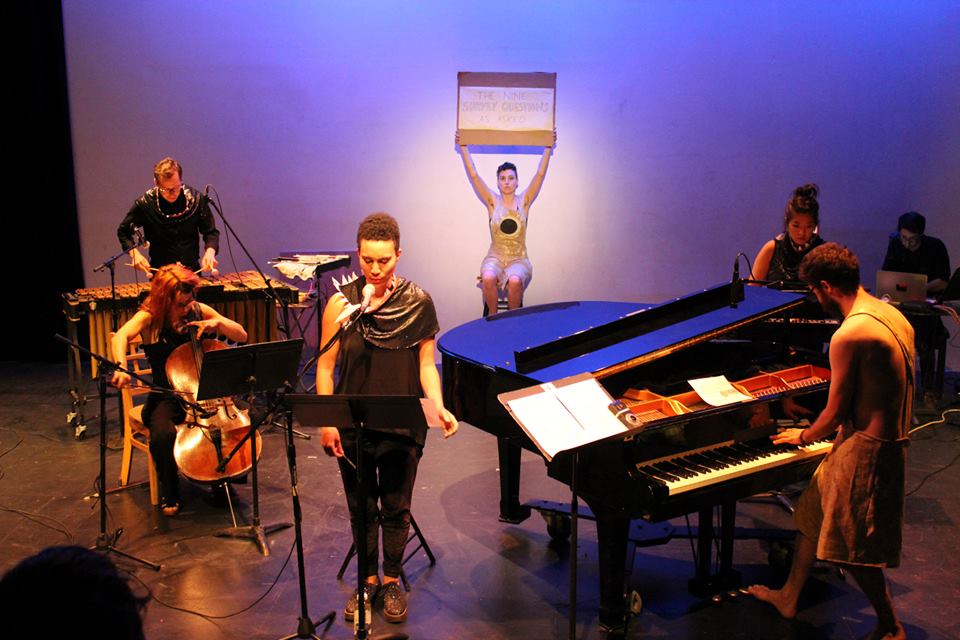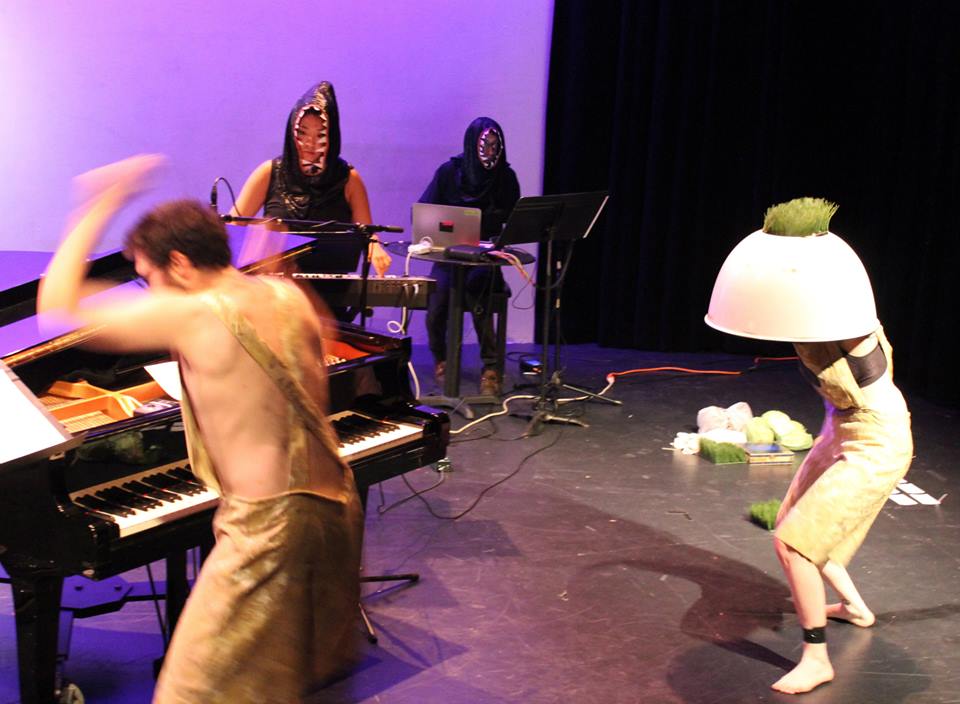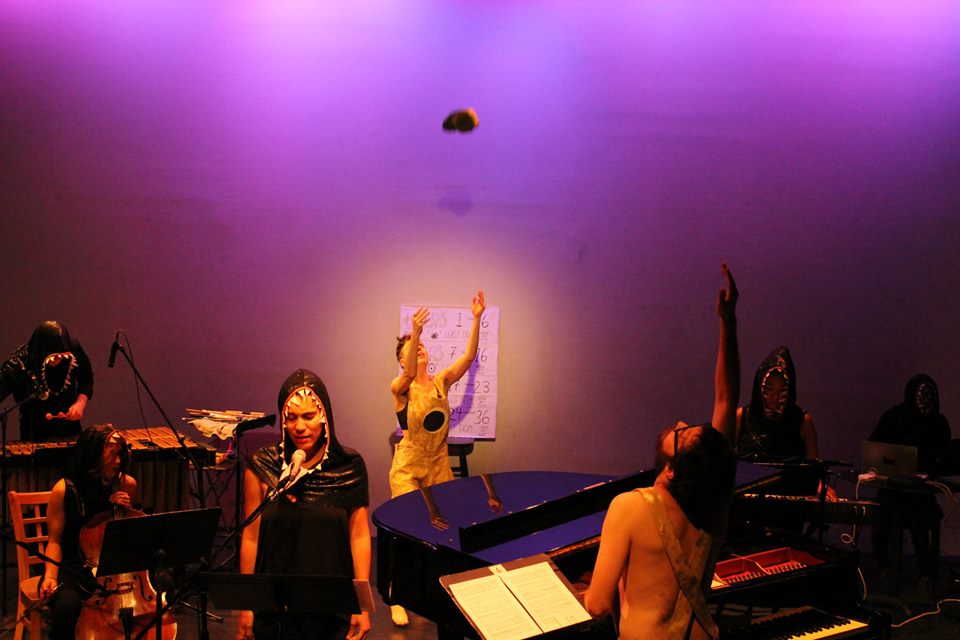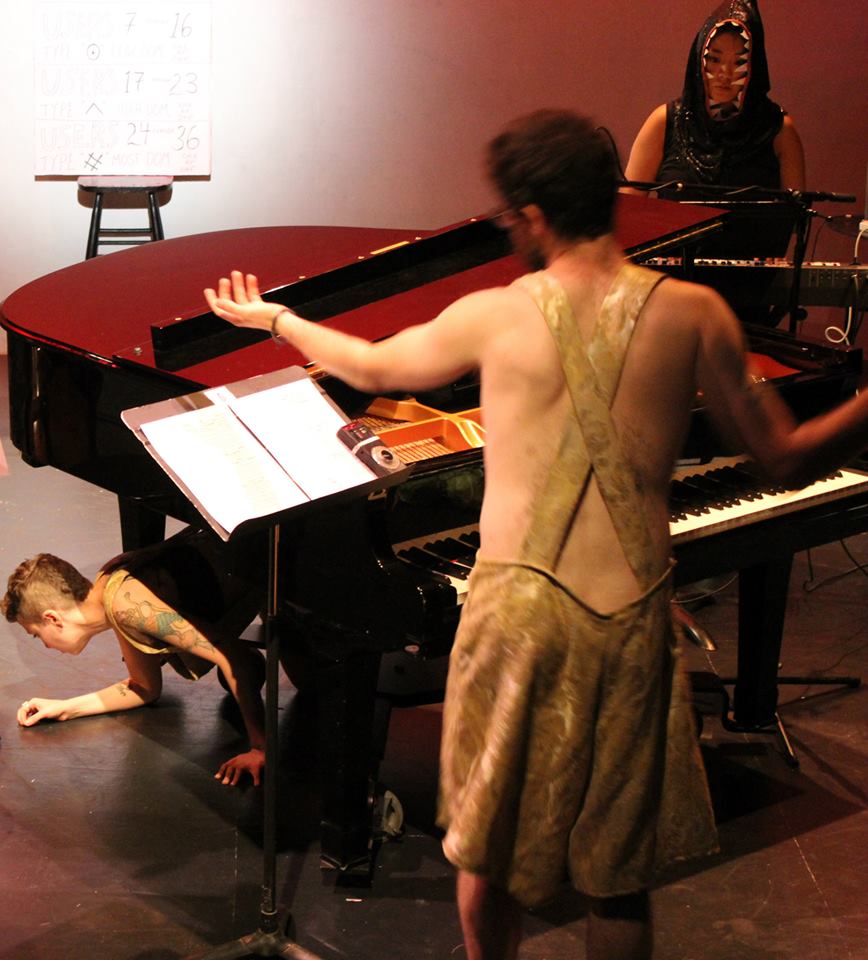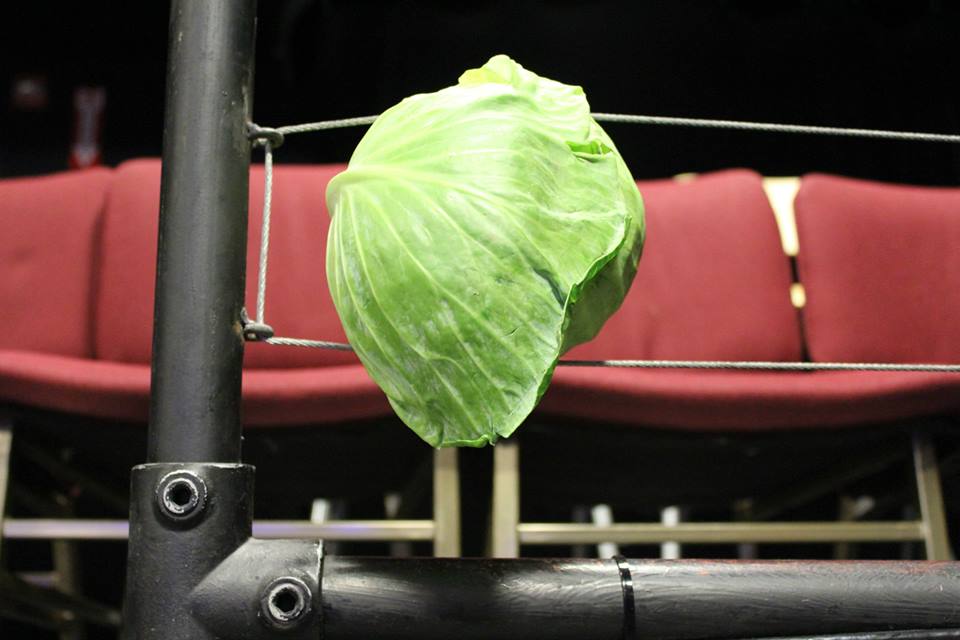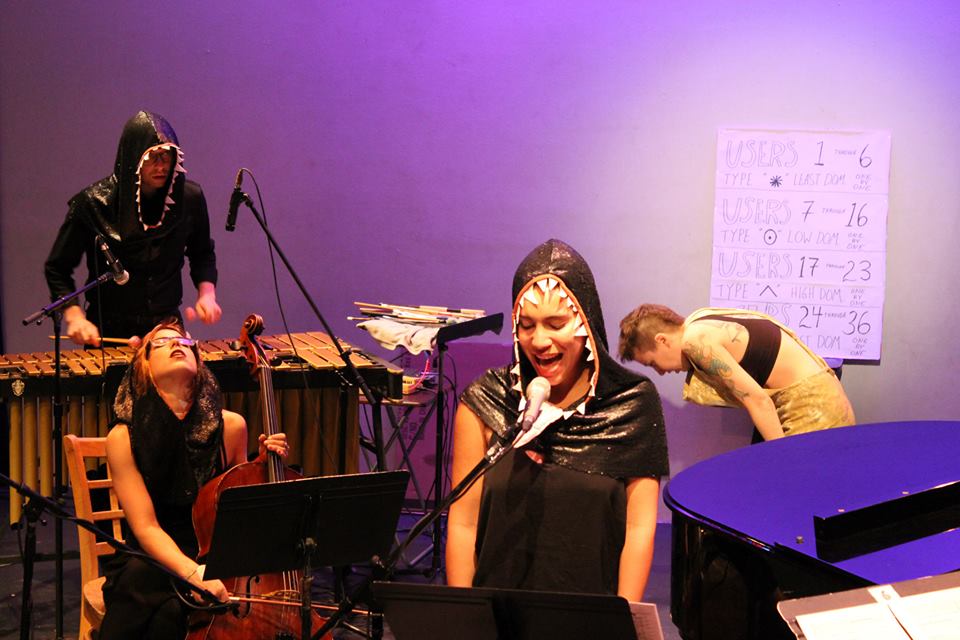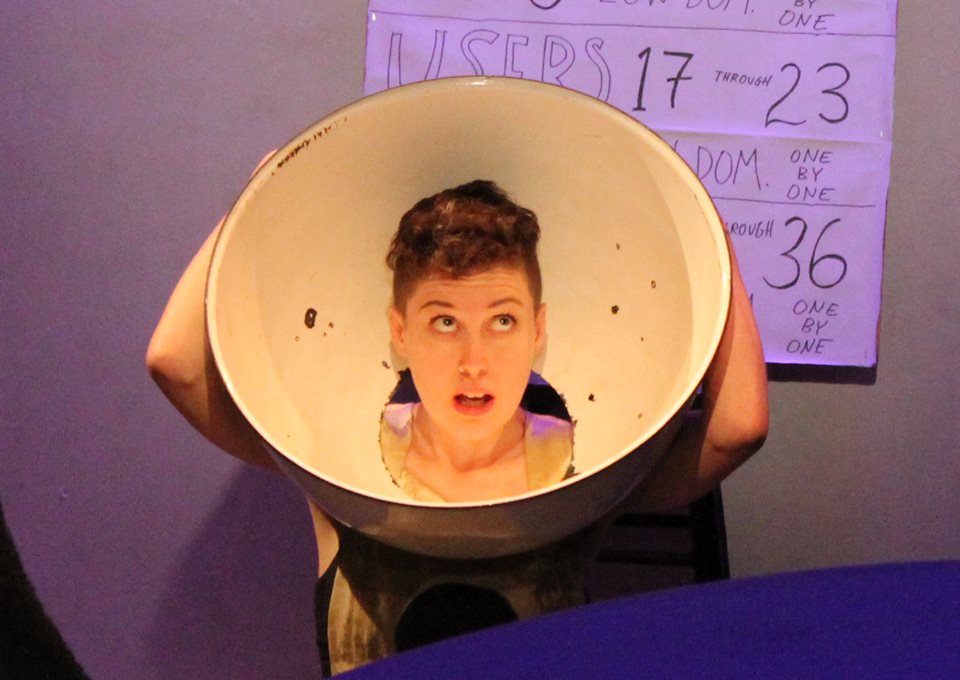This score requires an ensemble of musicians as well as a lead vocalist, a conductor, and a mover. Set a future date for a live performance, of indeterminate length.
A survey is published online which asks questions about personal characteristics, traits, preferences, and beliefs. These questions are the author of the survey’s anticipation of the information that will be needed to translate a user’s responses into a performed representation of that person within a set of dysfunctional interpretive conditions. At least one question on the survey should be "write in," the rest of the questions may be in multiple-choice or other more correlative form. Original survey below and correlations below.
The survey sorts users first by four categories using the multiple-choice sets of answers, which are seen as having four different "modes of energy" (or "character"), symbols may be used, such as *, 0, ^, and # which gesturally and sonically assemble each mode. These four may be used by the ensemble to improvise "stylistically" together or at specific tempo, in a certain order, source phrases or leitmotifs notated for the category, or any other correlative conditionings of their performed presentation.
Each category of users will be performed together, but the order of the parts (1, 2, 3, 4 or *, 0, ^, and #) will be ordered by dominance: the categories into which the most number of users were sorted will be presented first, with the other three categories in descending order of dominance.
Inside each of the four parts presenting one category of users each, individual users will be performed one at a time, with their multiple-choice answers in correlation with:
Fragments of notated music falling within the category
Actions using materials symbolically, associatively, and linguistically (puns) correlated with each category
Notated text of the question overheading the answer
Notated text of the answers selected
Vocalist one-to-one text (flexibly notated and/or written)
Correlations may be functionalized until each user is a fairly mimetic "object" of generated music, text, and action, OR correlations can be arrayed and then assembled by individual performers and as an ensemble. Rehearsal of arrays is helpful: it is suggested that the ensemble "rehearse the users and their generated arrays" as users fill out the survey online. Arrays may also be performed as overtures or interludes.
TAKE THE SURVEY
CORRELATED VOCALIST TEXT
Correlated 1-1 with user’s answer to each multiple-choice questions, pitch-style ranges in collaboration between composer and performer. In the same order as the above answers to the questions:
How would you like to be identified?
rolling
naked
paying for it
arms up and open
With what or whom do you ally yourself?
Practicing kinship
Reduced to genitals and skin
Taking advantage
Keeping my head down
How do you decide what to do?
How much
Tell me
I feel
Not yet
Towards what do you put your energy?
alive
unworthy
factorial
sanctuary
What modes of behavior do you least value?
Deliberated as
Raided for
eaten whole as
invisible behind
I never want to be:
Statistics
inventory
Livestock
material
I keep hidden:
Meaning is
We have
Emotivities are
I will not be
Society is:
Forced or
determined or
conceded or
artificial or
I am deeply affected by:
responsible
significant
erased
sensitive
MOVER(s) SCORE FOR ACTIVATION OF YOUSERS:
After the survey is closed and final scores have been generated, print out the full list of users with their answers and their write-in(s) on index cards and number them, use the same organizational system as the other members of the ensemble (i.e. sort into four categories, perform individual users in each category in the order of dominance)
Demarcate four different areas of the space. Sort materials into four types (for example, containers, fake foods and plants, substances, and power tools) correlate each with the four categories and put materials in the correlating area of the space. Select materials with high potentiality for activation. Any materials suggested by the user’s write-ins should also be brought into their presentation and organized in the area where they will be presented, as per their category.
Each user will be performed as movement-action, with one movement-action per user (example of "a movement-action" variable) as emergent from a set of their answers. Movement-actions may be solo, with the ensemble, or participatory with audience members or the audience as a single body. When "yousers" are recognized in the audience, acknowledgements of this situation may also be incorporated.
First, Correlate ways of moving and presenting for each question (i.e. tempo, texture, attitude, "onomotopoetica" of the concepts, facial expression, emotional presentation, etc) and devise modulations of these ways of moving and presenting for each of the multiple-choice answers (A, B, C, D) in associative/physical correlation with the vocalist’s text (use words in Vocalist Text as instructive score for individual action-movements).
Second, as a layer given more primacy, attempt to use the write-in as "accurately" as possible ("to present me, you need to…" or other question correlated here) to generate a movement-action for the user; the form of the question should suggest a verbage that suits this type of active realization.
Barring a "readable" active realization of the write in, use materials found in each area and the modulations of the question’s ways of moving and presenting to make the movement-action presenting the user.
Each movement-action should become a 1-2 minute "whole," each whole presenting one user. Allow your own (the performer’s) aesthetics and balancing of data and subjective choices to inform each presentation of the "yousers."
